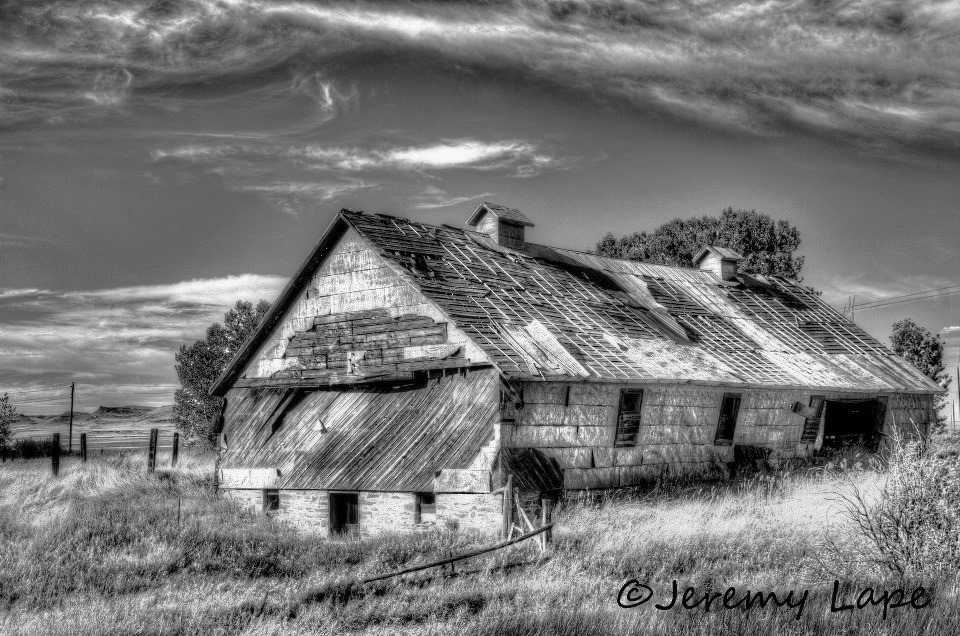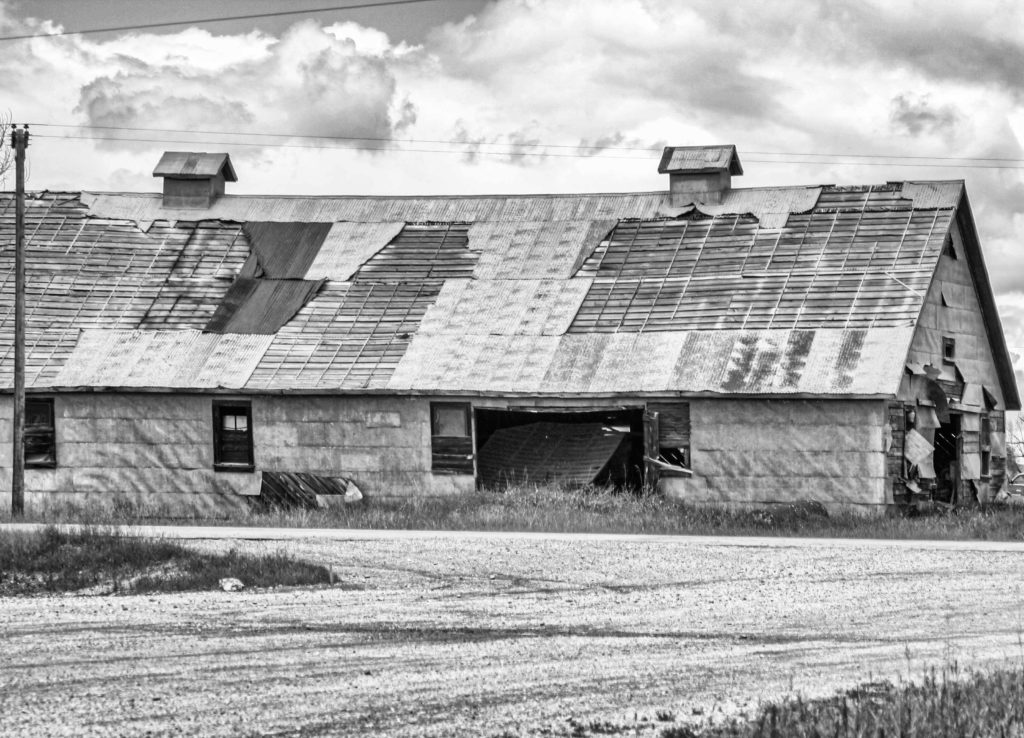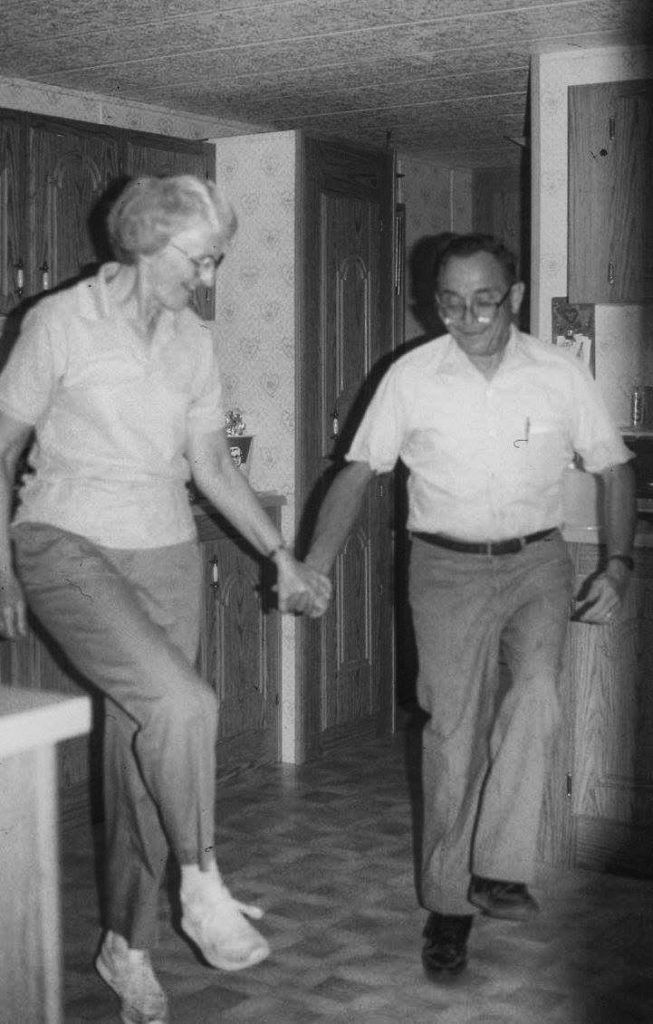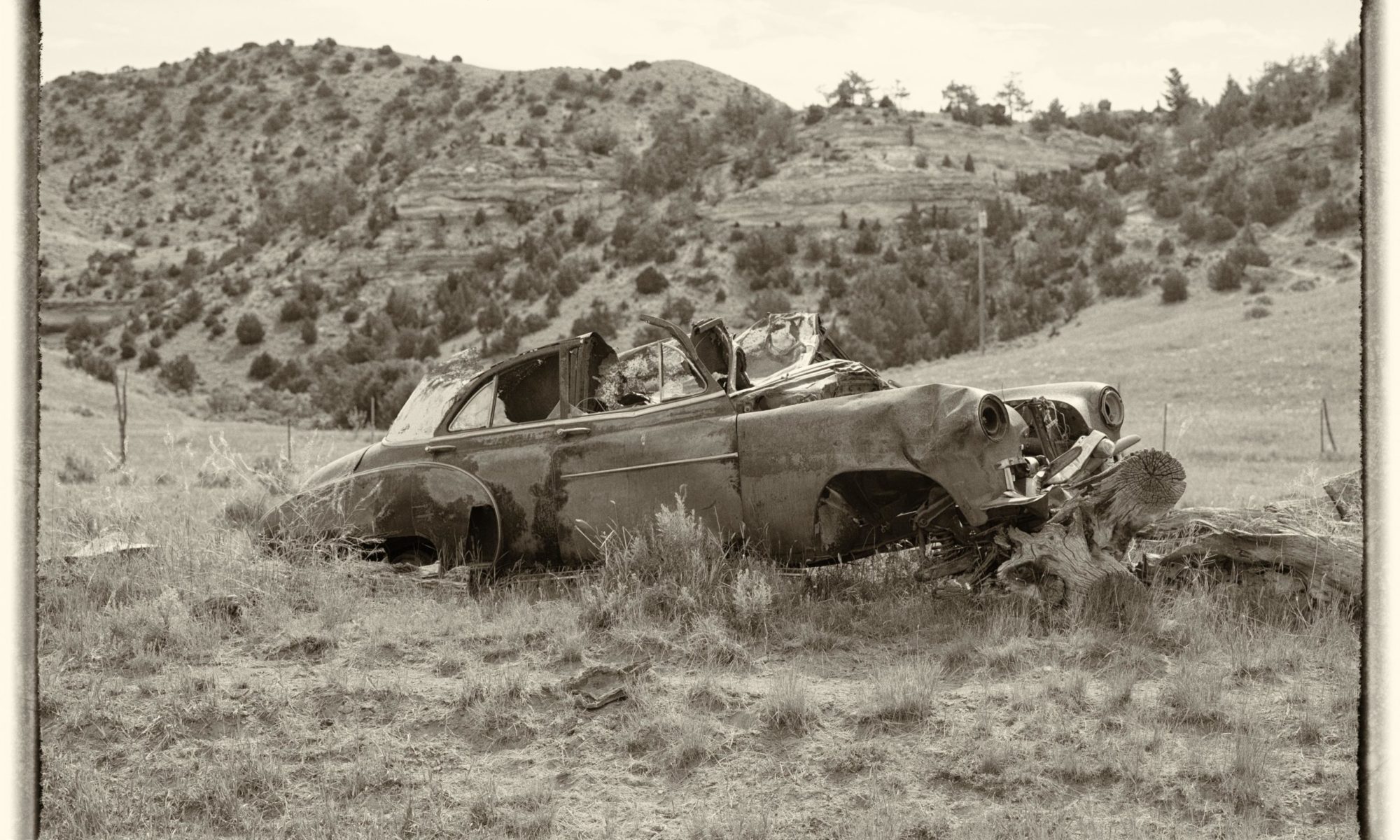A bit of history from the writings of my Guest Author, my Dad
“The good are always merry,
Save by evil chance,
And the merry love to frolic,
And the merry love to dance.”
The earliest Melville I knew had a store, an old hotel, a tin barn, saloon, blacksmith shop and some 6-8 dwellings. The tin barn served as a dance hall and service center. Its basement was used for the dance supper. I remember it only faintly. When Stanley Hansen’s tin shed saloon burned down, he built a regular dance hall. It was a log building in the Northeast corner of town, just north of where the hotel had stood. A Delco light plant furnished the power for the lights in the saloon and dance hall. A gasoline explosion beside the Delco burned this building to the ground. Sometime, before this, two different Melville stores had burned down. One was next to the Allman home. It had a sizeable basement and Victor Allman bought the burned building. He used the basement to hold the trucking equipment for his hauling business. Then he built a dance hall on the upper part of the burned-out building.

The Melville dances I remember were held in the Allman Hall. Admission was a dollar. In my first high school years, music was furnished by George Tronrud, Sr. on a fiddle; his daughter Bernice, on the piano; young George or Morris on the drums; and sometimes young Adolph with a clarinet. Later Beans Tronrud (Morris, Jr.) took over the Tronrud orchestra. Beans was a great pianist and could have done well in the music profession.


Melville dances were promoted by the Melville dude ranchers – especially the Harts, Van Cleves, and Donalds. The dude ranchers shared in dance promotion but not the clean up after a dance. When Janice Allman got tired of fixing dance suppers and listening to the noise of the dances, Vic Allman closed the dance hall. Then, Bob Hart held some dances on the Hart Ranch. At one of them, the youngest son of the United States Secretary of Army swam the length of the Hart swimming pool with his “go to dance” clothes on.
My father called the dances “Melville Hops.” Sometimes he hopped too much, and Mother drove home. One time Jimmy Hicks celebrated too much and sang, “Kimono, Kimono, the wind is blowing round my knees. Kimono, Kimono, if you don’t find me soon, I’ll freeze.” (This was an adoption of a song entitled, “Ramona.”) When he said, “Kiss me Virginia,” to my cousin it was time to go home. He opened the pole gate above Rein’s house, fell down, and lost the change in his pocket. The next day Mama found 57 cents and kept it for driving him home.
When I reached high school age, a Melville Hop on Saturday in the Dude season was a good social endeavor. I learned to dance “Put your Little Foot” – not as good as my uncle and aunt – Ed Brannin and Julia Cannon – but passable for a Melville Hop. I also liked Schottisches, Square Dances, Circle Two Steps, and Tags.
Some of the dancers built reputations that led to unofficial nick-names. One was “The Galloping Swede.” He was a speedy dancer that galloped his partner around the perimeter of the dance floor. He pumped out the rhythm with his left arm like he was manning a pump for a fire brigade. My wife, Jean, was one of his favorite dancing partners.

Another, a younger fellow of barely High School age, was “Backing Up McClure.” He danced all over the floor, backing up and bumping into people. He liked to navigate with my little sister, Mary Jane. Maybe he danced with his eyes closed.
World War II took me away from the Melville Hops. Shortly after that the American Legion built a Hall in Big Timber which is still a social center for community activities. None-the-less, the Melville Hops might still be going on if Bob Hart had not lost his life. After that people went to Big Timber, Harlowton, the Wild Rose School House, and the Legion Hall.
(P. S. I don’t know how wild Rose was, but I heard that her school house was a good place for Saturday night’s fist fights.)
